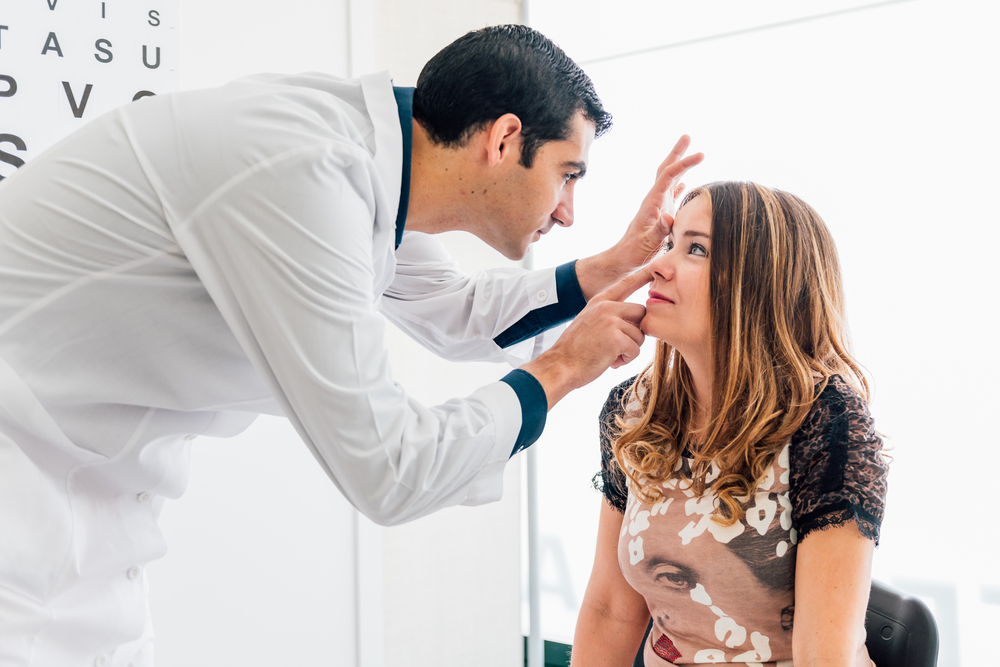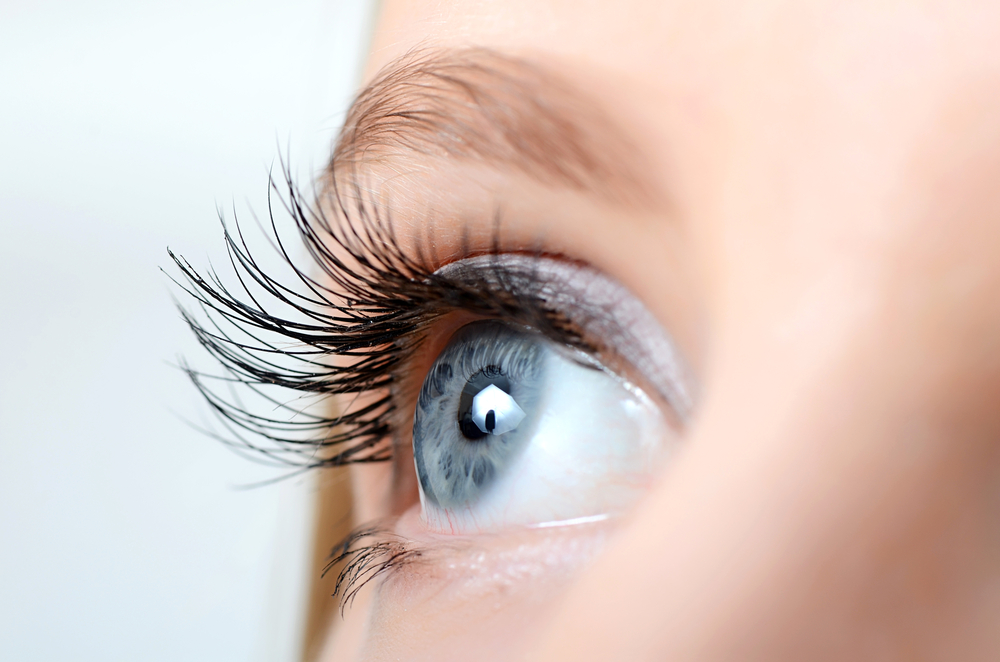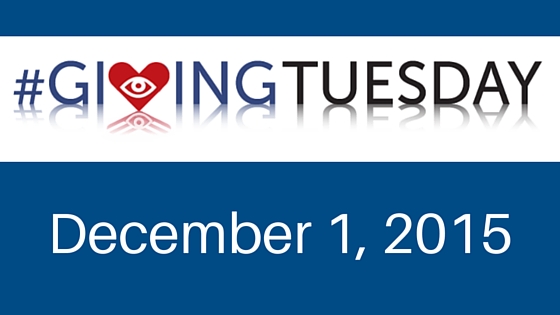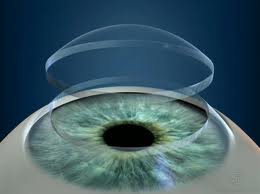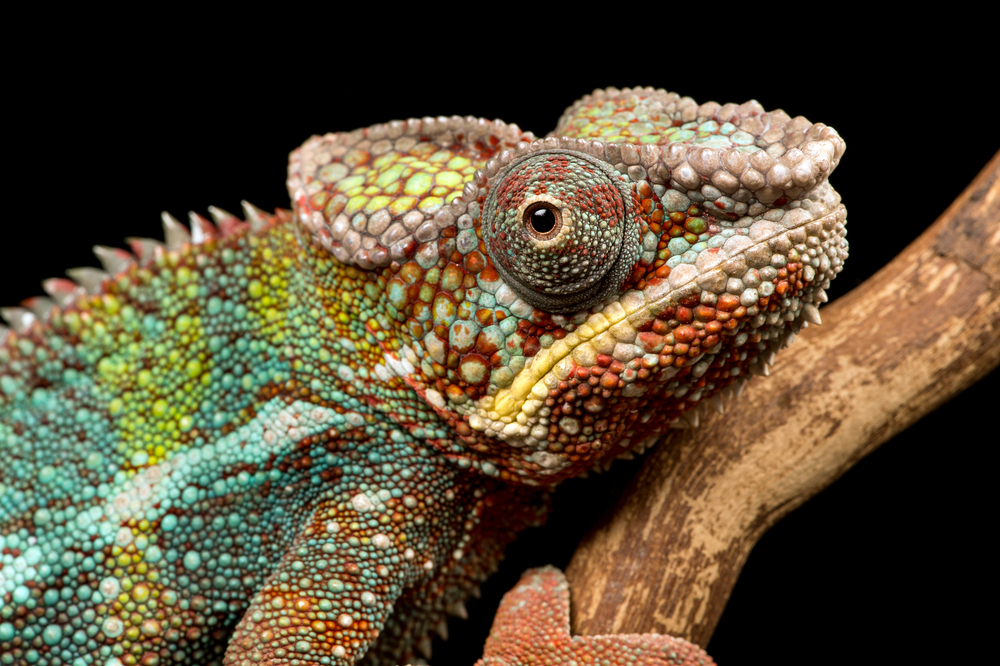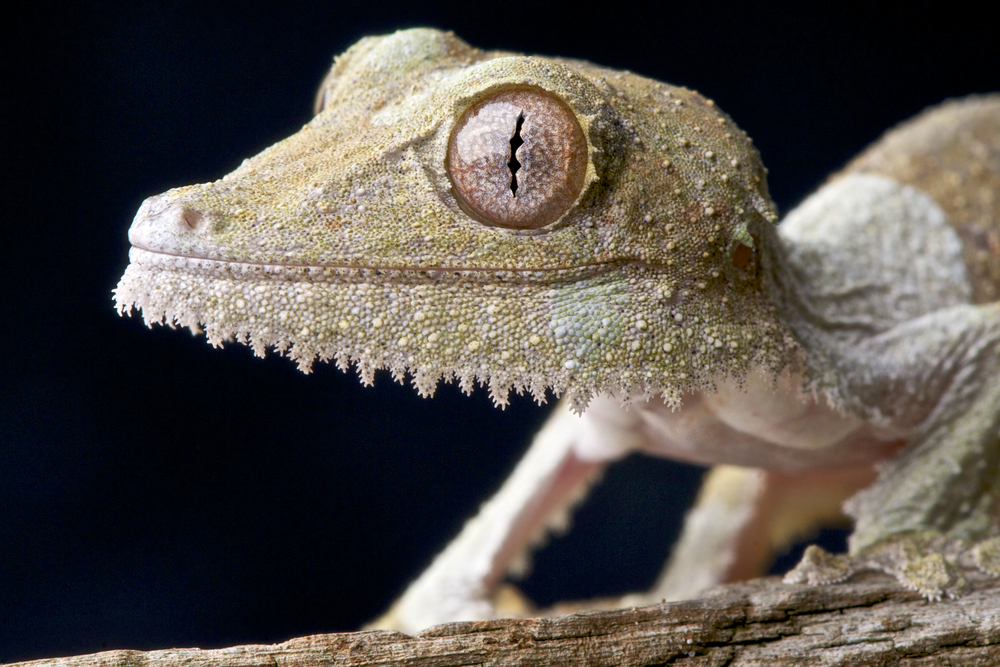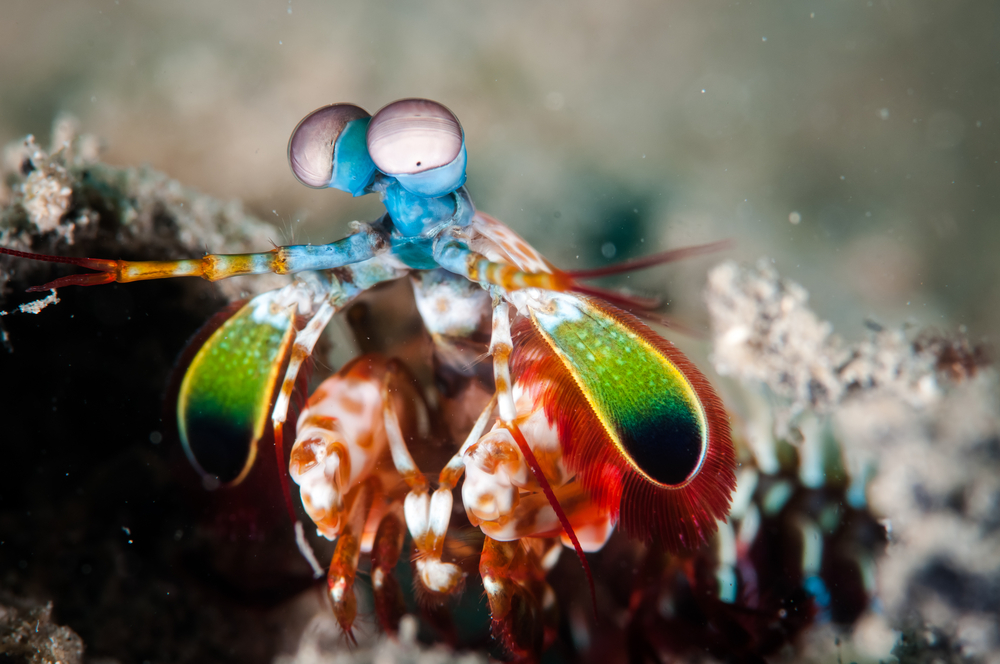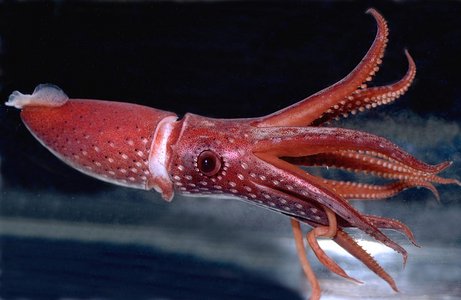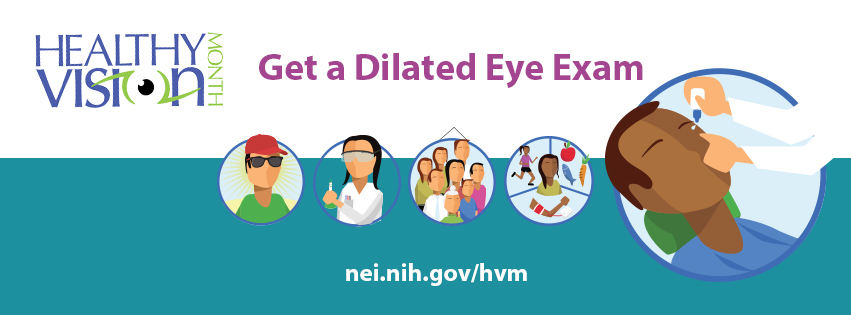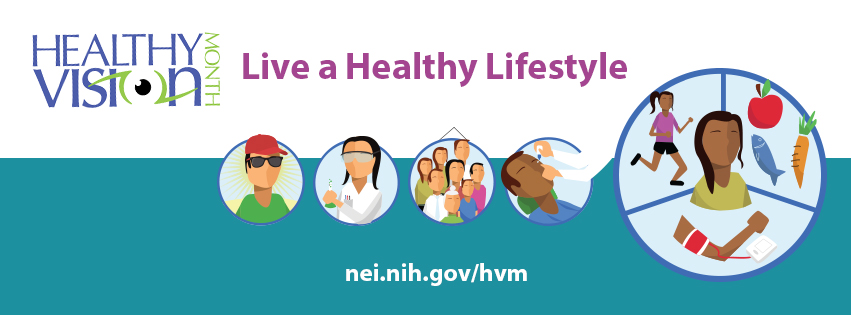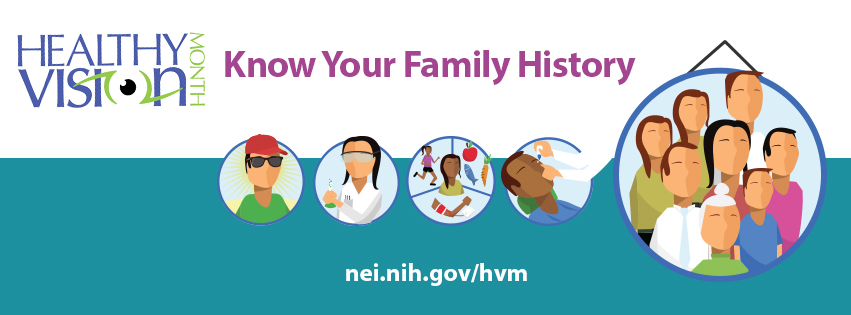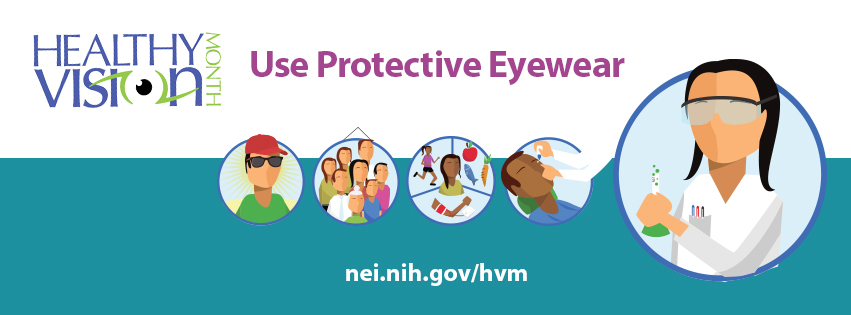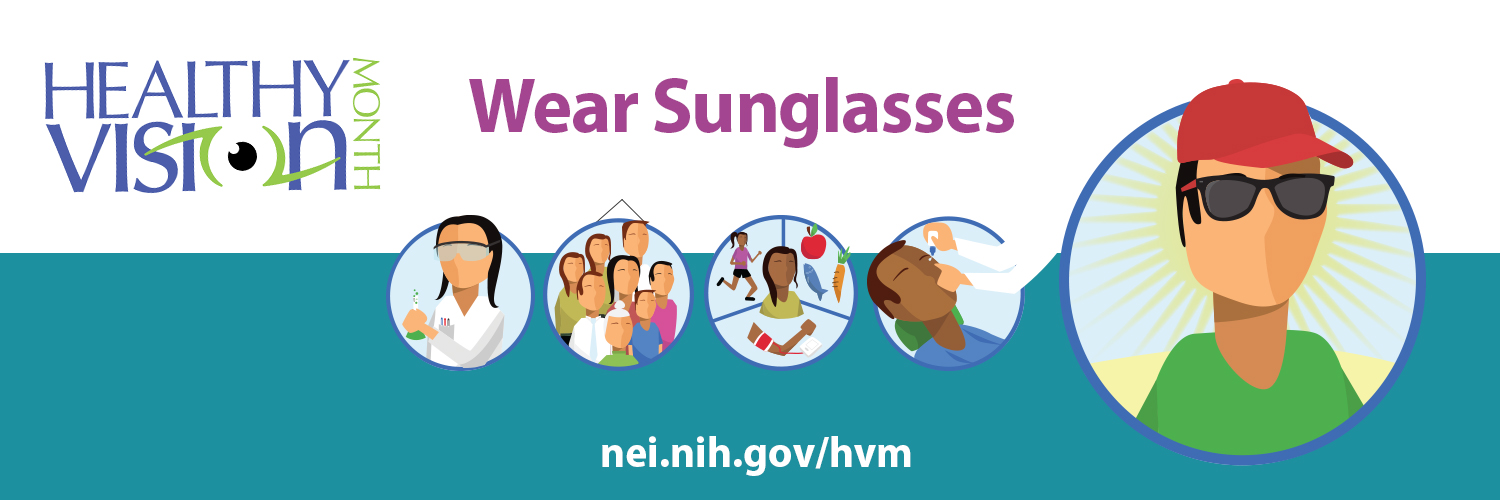We see more than 24 million images in our average life span. The huge task in a human body is seeing, which requires half of one’s brain to function. Our eye lenses are equal to 576 megapixels Camera lens.
One man out of every twelve men is color blind and the chances of losing eye function increase with age. In the UK 74% of people correct their eyesight by Laser Surgery, Wearing Contact lens and glasses to have a better view. Our eyes take only 48 hrs to repair from a corneal scratch. In order to avoid these problems, restrict the continuous usage of contact lens less than 19 hours in a day.
For a better understanding, read this infographic from Paul Gill Optician.
Source and Author:
Amy Lynn
Paul Gill Optician




